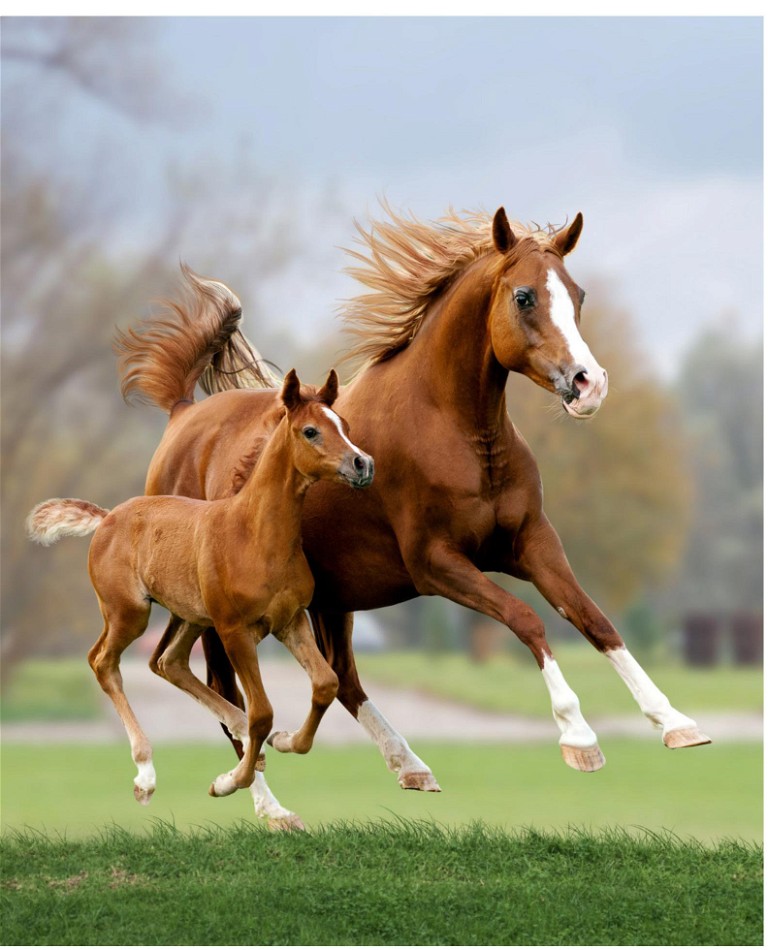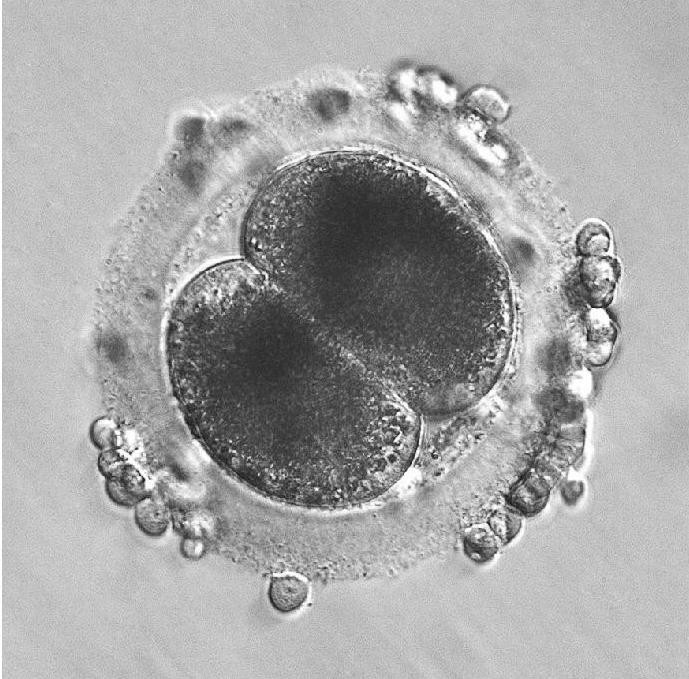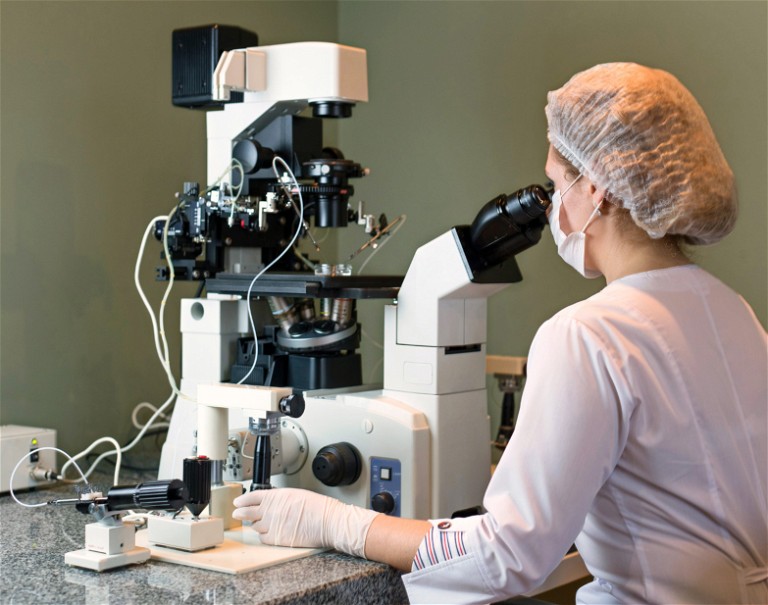VET VIBES
Embryo transfer
Is embryo transfer the right choice for your mare? DR DOUG ENGLISH looks at some of the basics.

A recipient mare should have had a previously healthy foal, be under 10 years old), and a proven good mother with a quiet, friendly disposition.
The first transfer of an equine embryo occurred in 1974. Embryo transfer in equines is seemingly simple and involves flushing a fertilised embryo from the donor mare while she is safely held in a crush.
The flushing fluid is collected and closely examined in a laboratory set up beside the crush, not just to find the embryo but also to determine its viability. Seven or eight days later, the recipient mare is put into the crush and the embryo, along with a small amount of the flushing fluid, is inserted into her uterine horn.
All procedures are performed through the cervix of both the donor and the recipient mare with no invasive surgery involved. In order for the procedures to be carried out efficiently and safely, a good, protected crush area is essential.
Frozen embryos
An embryo can be frozen to be inserted into the recipient mare at a later time. Such embryos can be transported long distances, thus removing the necessity for the recipient mare to be in the same location as the donor mare. Ideally, a frozen embryo should be around six days old, and the recipient mare needs to be at about the same stage in her ovulatory cycle (i.e. six days) or a few days later, when the embryo is implanted.
Success rate
Aside from any other consideration, in order for a healthy embryo to be recovered the donor mare must of course be fertile, and the stallion must have proven fertility in the breeding modality (e.g. live cover, artificial insemination) that has been chosen. When fertile mares and stallions are used, a viable embryo is recovered approximately seventy per cent of the time.
Synchronisation
If a freshly harvested embryo (rather than one that has been frozen) is being used, close attention to detail is critical in all stages of the process. Both mares must be synchronised in their oestrus cycles to ovulate at about the same time or within a few days of each other. In the recipient mare, ovulation is best a day or so later. While the donor mare should be as healthy as possible, it’s more critical to make a discerning choice regarding the recipient mare, whose health should be excellent. The size of the recipient mare is also important. She should be equal to, or bigger than the donor mare and stallion. A recipient mare should have had a previously healthy foal foals, be young (under 10 years old), be a proven good mother, and of a quiet, friendly disposition. A backup mare or mares is a good idea in case, by remote chance, two embryos are produced.
Hormone injections to stimulate hyperovulation (a multiple ovulation where both ovaries release an egg, or more than one egg is released by either ovary) have been tried but the results are inconsistent. The number of oocytes (egg cells) are generally low, unlike cattle where several viable embryos are often produced.
Pluses for embryo transfer
There are a variety of good reasons to consider an embryo transfer:
• The donor mare has reproductive problems due to poor uterine health, hormonal issues, poor placental development, or any other reason. Many such mares have a history of repeated abortions.
• A high performance mare can continue to compete and not be weighed down by carrying a foal.
• An elite mare can produce more than one foal in each breeding season.
• An older or an unhealthy mare does not have to bear the parasitism of a pregnancy which may further deplete her health.
• The risk of foaling problems in a valuable mare is eliminated.
• Embryos can be collected from mares too young to successfully carry a foal.
• Embryos can be collected from compatible endangered equid species and transferred to ordinary domestic mares.

Approximately 24 hours after fertilisation the embryo has two cells.

At approximately four days old, the embryo is now 16 cells.

The flushing fluid is examined in the laboratory to find the embryo and determine its viability.
Regulations
Breed society rules are an important consideration. Restrictions may apply as to the number of foals that can be registered to each mare, or if embryo transfer is actually allowed at all.
There is an ongoing debate around this and rules are changing. In 2003, the American Quarter Horse Association removed all restrictions on the number of foals that could be registered to a particular mare in a single year, and since then the number of specialised breeding clinics has increased considerably.
Unlimited embryo transfer is allowed by the American Quarter Horse Association, the Arabian Horse Association, the American Paint Horse Association, and the Australian Stock Horse Association. However, DNA testing is required for most foals before they can be registered.
So far as Thoroughbreds go, there is no permission for embryo transfer, and only one registration per year is allowed for each mare in national Stud Books that come under the auspices of the Thoroughbred Stud Book. Further, all Thoroughbreds are DNA typed.
Weighing it up
There are a range of variables to consider – from health, practicality, and embryo viability, to the rules currently enforced by your Breed Society - before you opt for embryo transfer. But if the conditions are right, a healthy live foal might be the welcome result.